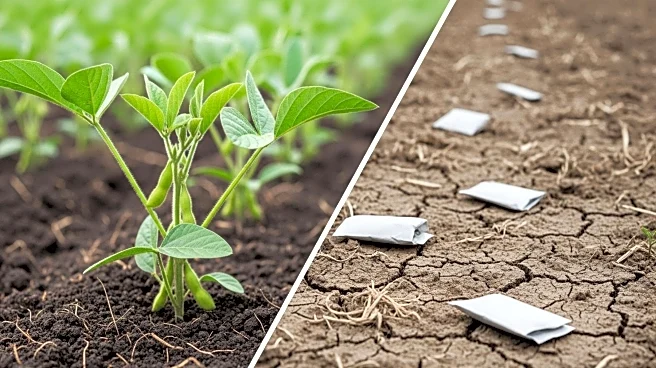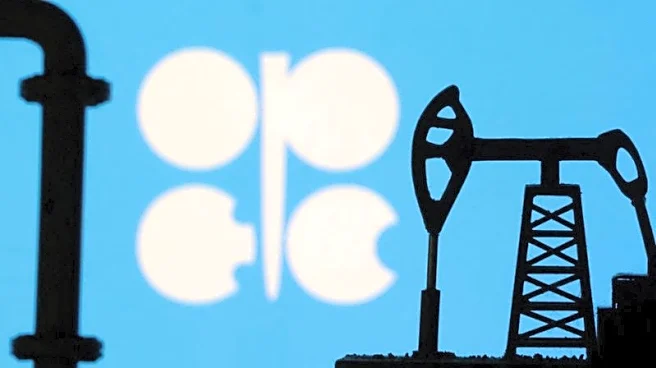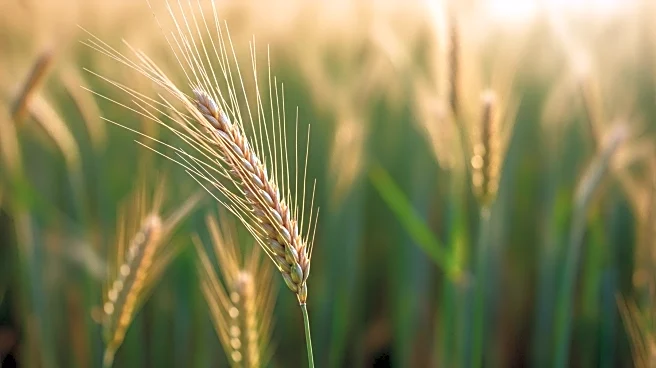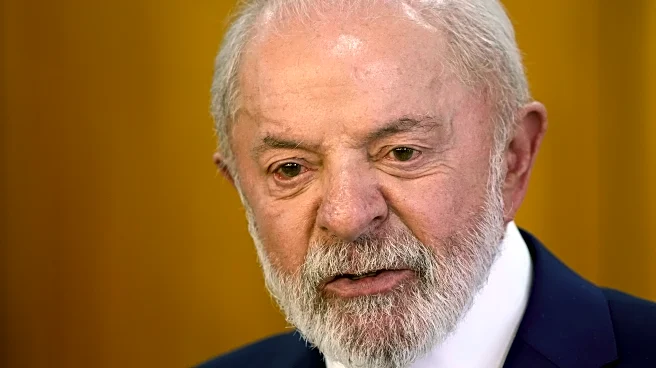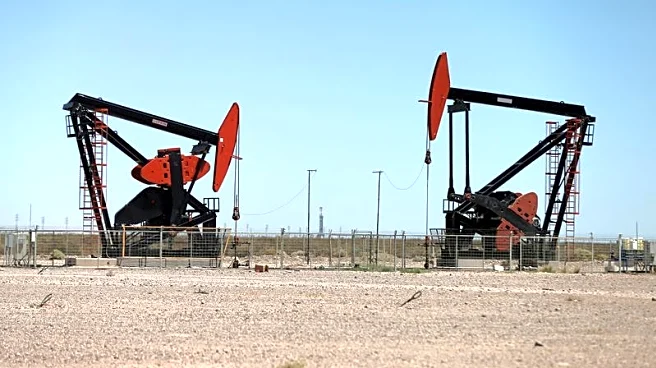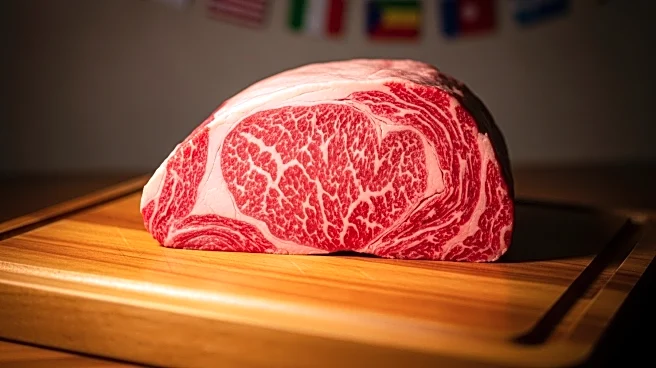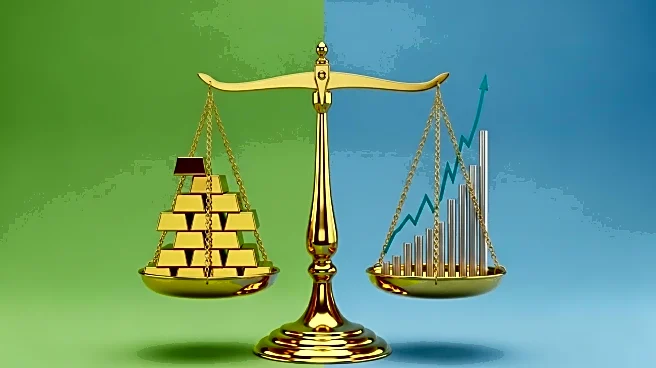What is the story about?
What's Happening?
Recent analyses from farmdoc and USDA have highlighted the cost competitiveness of U.S. and Brazilian farmers in soybeans and corn. While U.S. farmers generally pay less for fertilizers and chemicals, Brazilian soybean farmers have a significant cost advantage in seed expenses. Brazilian producers pay approximately one-third less for soybean seeds per bushel compared to their U.S. counterparts. This cost discrepancy is attributed to factors such as economies of scale in Brazil's large-scale farms and fewer restrictions on replanting patented soybean varieties. The analyses underscore the comparative advantage U.S. farms maintain in fertilizer and chemical costs, but the seed cost disadvantage for U.S. soybean producers in 2024 warrants closer scrutiny.
Why It's Important?
The seed cost disadvantage for U.S. soybean producers has implications for their competitiveness in global markets. As U.S. and Brazilian farmers collectively supply a significant portion of the world's corn and soybeans, understanding and addressing these cost discrepancies is crucial. The ability of U.S. farmers to compete effectively in the global marketplace is influenced by input costs, which affect producer margins. Identifying opportunities to reduce seed costs could enhance U.S. competitiveness, particularly in the soybean sector, where Brazil currently holds an advantage. This issue is significant for U.S. agricultural policy and commercial strategies aimed at maintaining market share.
What's Next?
To address the seed cost disadvantage, U.S. stakeholders may need to explore policy changes or commercial strategies that could lower seed expenses. This could involve examining intellectual property enforcement and contractual restrictions on replanting patented varieties. Additionally, U.S. farmers and policymakers might consider ways to leverage existing advantages in fertilizer and chemical costs to offset seed expenses. The ongoing analysis of input costs and productivity differences will be critical in shaping future strategies to enhance U.S. competitiveness in the global soybean market.
Beyond the Headlines
The seed cost discrepancy highlights broader issues related to intellectual property rights and agricultural practices. The ability of Brazilian farmers to replant seeds without restrictions contrasts with the contractual limitations faced by U.S. farmers. This difference raises questions about the balance between innovation, intellectual property enforcement, and cost competitiveness. The situation also underscores the importance of understanding regional agricultural practices and their impact on global market dynamics.
AI Generated Content
Do you find this article useful?
